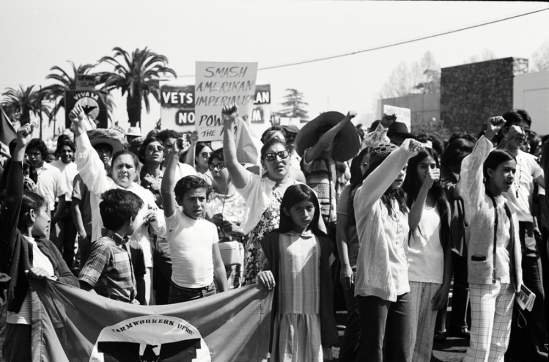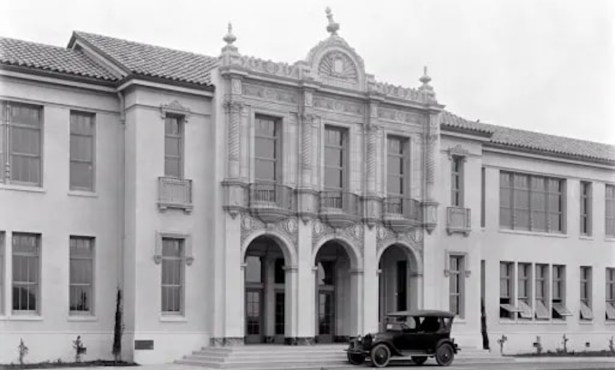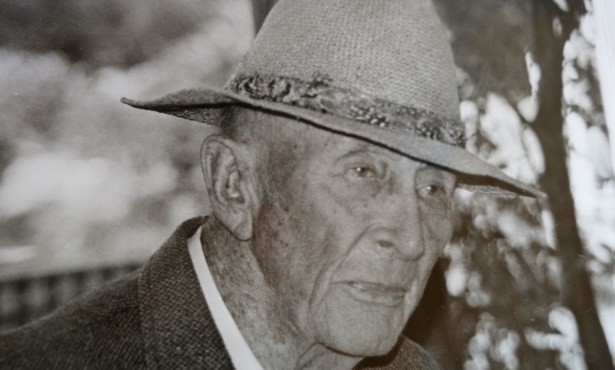In New Book, UCSB Scholars Take Broader, More Inclusive Look at Chicano Movement
“Rewriting the Chicano Movement" Brings Fresh Depth and Inclusionary Take On the Decades-Long Struggle

By now, the bare-bones story of the Chicano Movement is well known: Brave, determined men like César Chavez and Sal Castro in California 50 years ago pushed society to recognize the civil rights of Latinos and opened new opportunities in politics and education.
A new book, however, demonstrates that El Movimiento was much more diverse and dynamic than the casual history recounts. “Rewriting the Chicano Movement: New Histories of Mexican American Activism in the Civil Rights Era” (The University of Arizona Press, 2021), edited by UC Santa Barbara scholars Mario T. García and Ellen McCracken, brings a fresh depth and inclusionary take on the decades-long struggle.
“Some 50 years after the key manifestations of the movement, it is necessary to reexamine the history of the Chicano Movement in a more encompassing way to include, for example, the role of women in the movement, the greater stress on the role of artists in the movement, and to stress other Southwestern urban areas not often discussed in movement histories,” said García, a professor of Chicano and Chicana Studies. “It is important to rewrite the history of the Chicano Movement so that younger generations can greater appreciate the importance of the movement and be inspired by its commitment to expand American democracy to all Americans.”
A virtual book launch for “Rewriting the Chicano Movement” will be held Wednesday, March 3, at 5:30 p.m. The event is free and open to the public. Registration, which is required, can be done here. García and McCracken, a professor of Spanish and Portuguese, will host the event.
Get the top stories in your inbox by signing up for our daily newsletter, Indy Today.
The 10 essays in the book were initially prepared for the 2018 Sal Castro Memorial Conference at UCSB, a bi-annual event named for the teacher who urged thousands of Chicano students to walk out of their high schools in Los Angeles to protest substandard education in “Mexican Schools.”
The essays cover a broad swath of time and geography in examining the movement. From the 1936 El Paso school strike to the Chicana mural movement to antiwar protests in Houston in the 1960s and ’70s and more, the essays expand our understanding and appreciation of the Chicano Movement, García said.
“The history of any social movement cannot and should not remain static and fixed in stone. It cannot become an orthodox history,” he said. “Instead, the histories of social movements like the Chicano Movement have to continue to grow and bring in new winds of revisionist studies.
“The essays in our book,” García continued, “bring in new historical actors to the movement that had earlier been excluded and, secondly, the book attempts to nationalize the movement in that it made Chicanos and other Latinos for the first time into national political actors and laid the foundation for today’s recognized Latino political power. It is not excluding or downplaying earlier histories of the movement but rather expanding them.”
As García noted, the Chicano Movement was crucial in the history of Mexican Americans in the U.S. It made Chicanos and other Latinos into national political actors and opened up new opportunities that were barely available, such as in higher education.
The movement may be consigned to history, he said, but it remains a vibrant part of American life today.
“Later generations have been influenced by the legacy of the movement set in the struggle for civil rights, community empowerment and social justice,” García said. “It is the spirit of the movement that still exists.”
This story originally appeared in The Current.
Every day, the staff of the Santa Barbara Independent works hard to sort out truth from rumor and keep you informed of what’s happening across the entire Santa Barbara community. Now there’s a way to directly enable these efforts. Support the Independent by making a direct contribution or with a subscription to Indy+.



